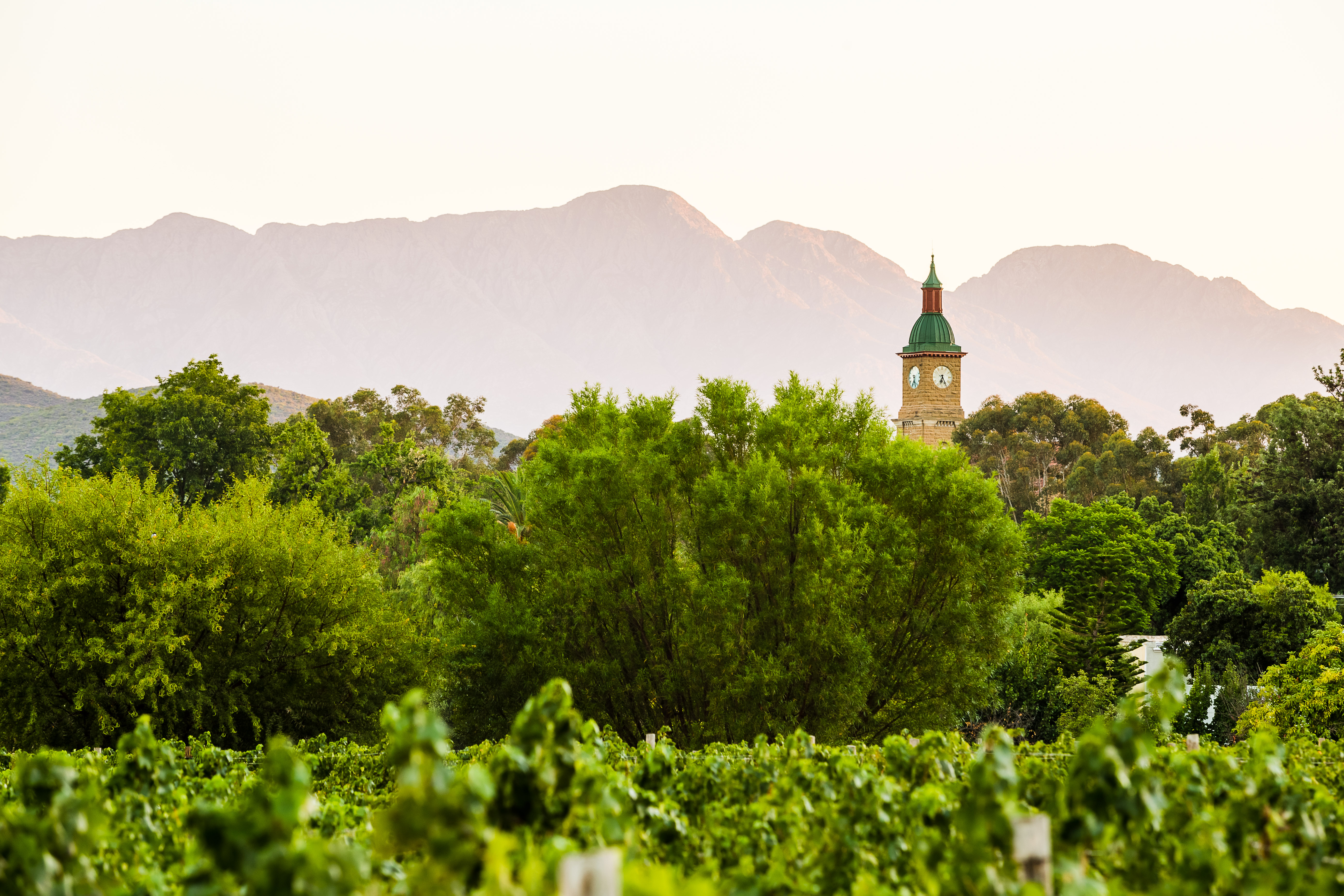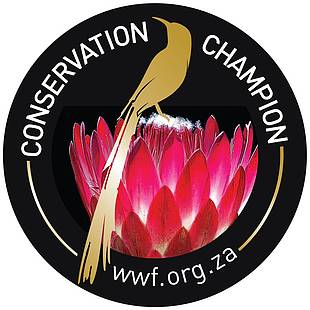Turning Water into Wine
A wine farm in the water-scarce Karoo is working towards conservation
Ever since a prolific biblical wedding attendee turned water into wine, water has been instrumental to winemaking.
Since 1993, March 22 has marked the observation of World Water Day, a United Nations initiative. Globally, 2.2 billion people live without access to safe water.
Water is fundamental for the production of wine, but it is critical for the preservation of life.
According to the World Wildlife Fund (WWF), the Cape Winelands are home to two global biodiversity hotspots: The Succulent Karoo and the Cape Floral Kingdom.
It seems counterintuitive to consider vines – plants – as counterproductive to conservation. What is the relationship between winemaking, water, conservation and The Karoo?
- Water and Wine
In the July 2014 issue of Wines and Vines, Californian winemaker, Alison Crowe wrote about the necessity of water in wine cellars. Although it may vary, she wrote that it can take four or more liters of water to produce one liter of wine.
Alison wrote: “for wineries, where cleaning and sanitation are mission-critical and non-negotiable, it’s tough to rationalise using less. We don’t want to compromise cleanliness (and therefore quality), so coming up with ways to use less water in the winery can seem like a daunting task.”
There are various suggestions to reduce water use in wineries, including: pushing grape skins using brooms instead of hoses; the use of clean-in-place tanks; and picking balanced grapes in order to reduce the additional hydration of raisins.
Alison Crowe contends that for each liter of wine that must be moved, the hoses, pump and receiving tank must be cleaned or sanitized.
Alongside the irrigation of vineyards, there are many vital uses for water in winemaking.
- Water in the Karoo
The WWF describes the Nama Karoo was the central plateau of the Cape in South Africa, as well as over the Orange River into Namibia in the North West.
This is a harsh, semi-desert climate, in which droughts are common.
The region is also home to several species of endemic animals. A vulnerable vertebrate of the Nama Karoo – the riverine rabbit (Bunolagus monticularis), is said to have only 500 living adults remaining. The South African Red Data Book identified the riverine rabbit as endangered, due to habitat destruction as a result of agriculture. Sadly, the quagga (Equus quagga), a subspecies of zebra that was near-endemic to the Karoo, was hunted to extinction in the 19th century.
According to the WWF: “natural ecosystems provide habitat for many rare and unprotected species, which, if left unprotected, may be lost forever.”
The eco-region’s biodiversity is famed, alongside the Succulent Karoo for its ecology and biodiversity, despite the harshness of the conditions.
However, according to the WWF, the Karoo is cited as having adapted to climatic extremes.
The area receives about 200mm of annual rainfall, and is world-renowned for its sheep-farming and Klein Karoo wine has been toasted to worldwide.
In January 2021, residents of the Klein Karoo celebrated flowing rivers and rare rains of over 26mm.
- Winemaking in the Karoo
The semi-arid Karoo is estimated to be over 400,000km large. The !Orakobab (!Aukarob) word, Karoo, is deemed to mean ‘little rain’ or hardveld.
The Klein Karoo Wine Route, along Route 62 is the stuff of roadtrip dreams. The route traverses through the towns of: Worcester, Montagu, Barrydale, Prince Albert, Calitzdorp, Oudtshoorn and De Rust.
Eighteen recognised wineries of The Klein Karoo include: Drie Berge, Montagu, Joubert-Tradauw, SCV Barrydale, Hillcock, SCV Ladismith, Axe Hill, Boplaas, De Krans, Calitzdorp, Withoek, Du’SwaRoo, Peter Bayly, Grundheim, Karusa, Domein Doornkraal, Excelsior Vlakteplaas and Herold.
Boplaas Family Vineyards, in Calitzdorp, under the helm of proprietor, Carel Nel, has adapted to the climatic conditions of the Karoo, embracing varieties cultivated in Portugal, the Mediterranean and France. According to Boplaas, Prof AI Perold, the father of Pinotage advised: “’port’ varieties should be introduced due to their hardness, adaptability and yields, and the possibility of improving wine quality.”
For instance, Touriga Nacional is the foundation of Boplaas’ Portuguese red table blend. Touriga Nacional, alongside other hardy grapes has thrived in Calitzdorp.
According to Boplaas: “A universal trait of Portuguese grapes is their ability to perform well in the harsh South African conditions, while consistently producing sufficient quality fruit. By using less water than traditional French grape varieties, it makes them ideal for the South African climate and conditions.”

Image above: Boplaas Touriga Nacional
4. Cape Conservation Champions
The Karoo is not only water-scarce, it is the site of important conservation work.
Boplaas is a member of the Biodiversity and wine initiative (BWI) alongside over 90% of the South African wine industry through the WWF.
The BWI was initiated in 2004. The BWI, alongside the Integrated Production of Wine (IPW) is a marker of sustainability, an existing wine industry environmental certification scheme, visible on the neck of most wine bottles.
According to the WWF, in the early 2000’s the rapid growth of vineyard footprints expanded into highly-threatened conservation-worthy habitats. However, by 2015, over 90% of South Africa’s wine industry certified their wine as environmentally friendly through the BWI and IPW partnership.
At present, 45 WWF Conservation Champions are environmental leaders who have committed to biodiversity-friendly and regenerative farming practices. Through these commitments, wine industry leaders conserve their natural areas and continually improve energy and water efficiency.
Water is recognised as a precious resource, alongside 9,500 plant species in the Cape – 70% of which occur nowhere else on earth.
The WWF’s Conservation Champions use the ‘Follow the Sugarbird’ logo on their products to illustrate their dedication to the preservation of the Cape’s floral biodiversity. The sugarbird is endemic to the Cape Floral Kingdom, feeding mostly on the nectar of indigenous proteas.
The synergistic relationship between proteas and sugarbirds reflects the synergy between nature and farming.
Follow the sugarbird to your favourite wine farm by cycling, walking through nature or enjoying a seasonal restaurant menu.

Image above: Vineyards and Church, courtesy of Boplaas

Image above: WWF Conservation Champion logo
- Blog by Tshepang Molisana